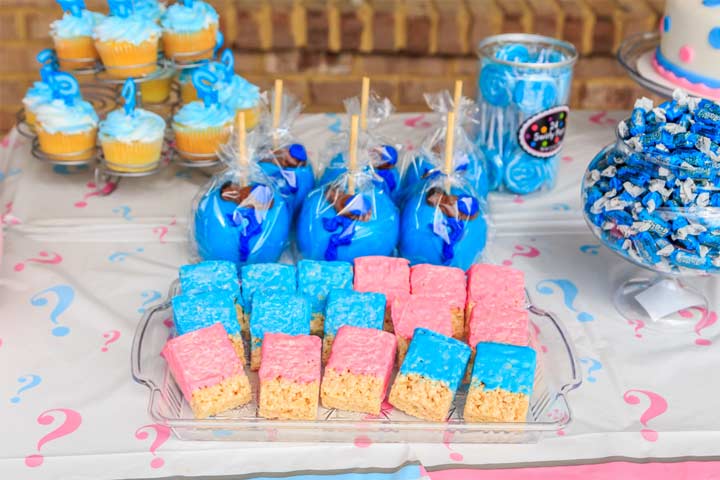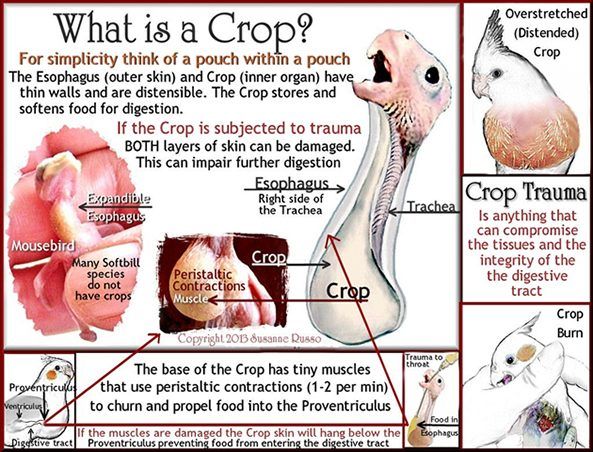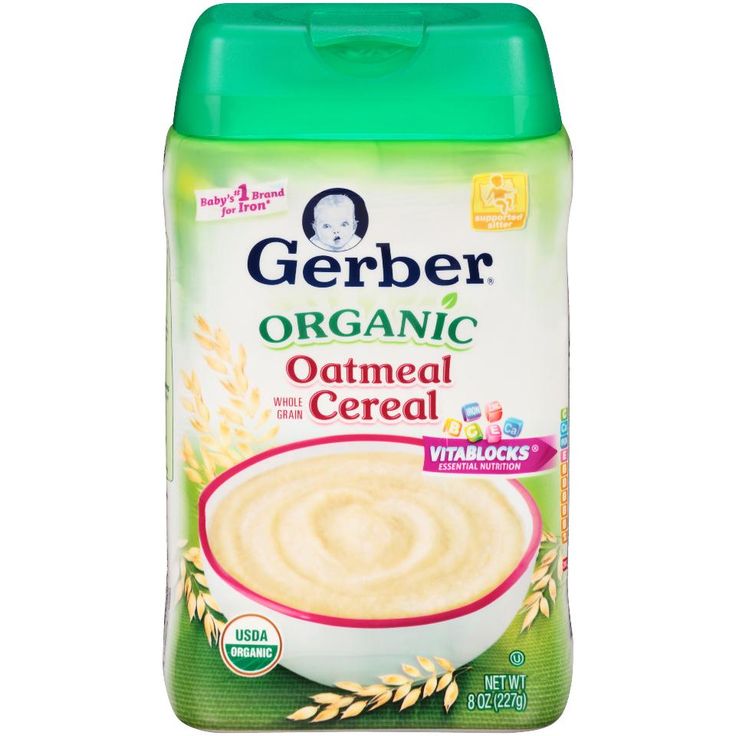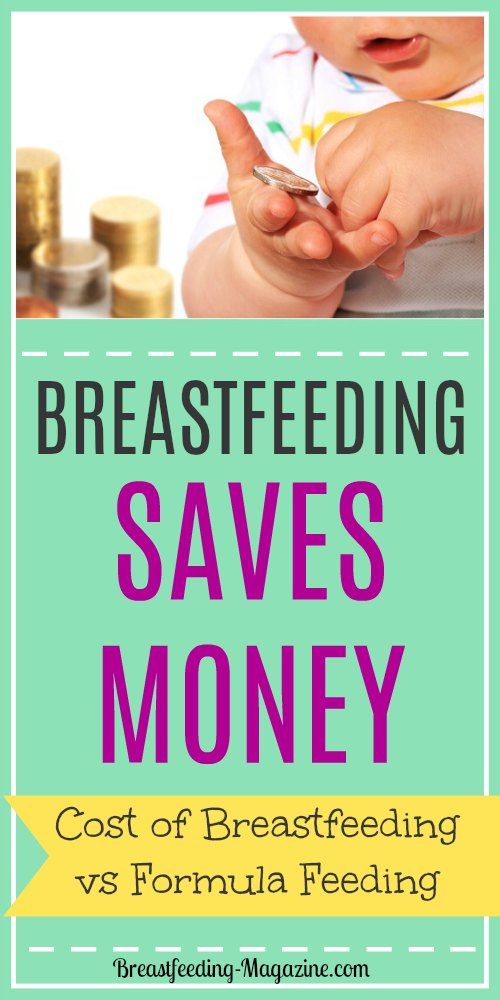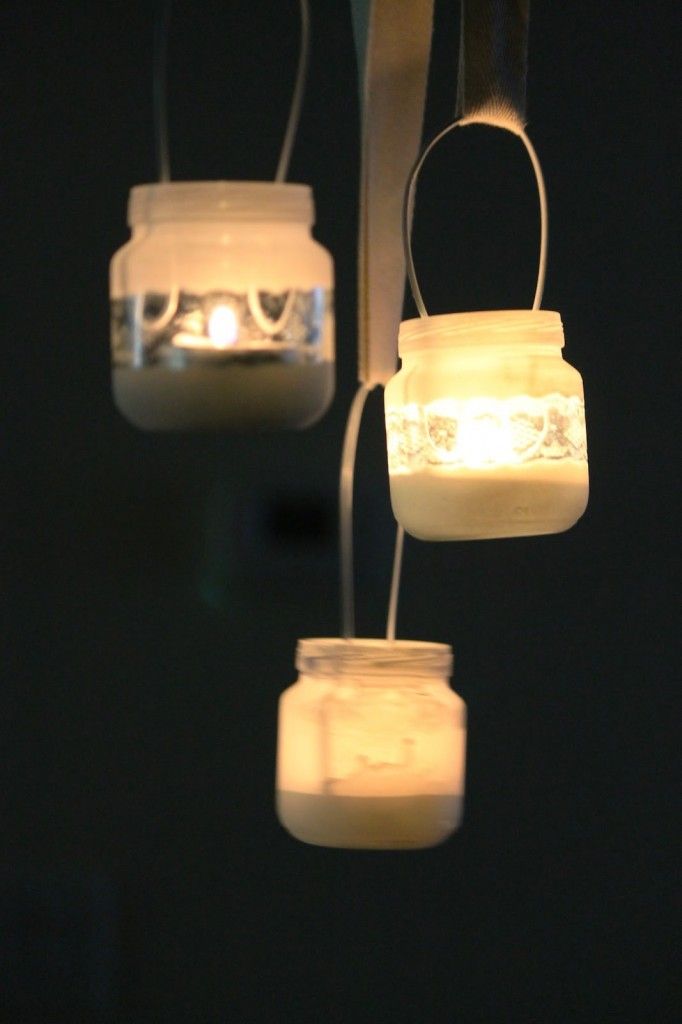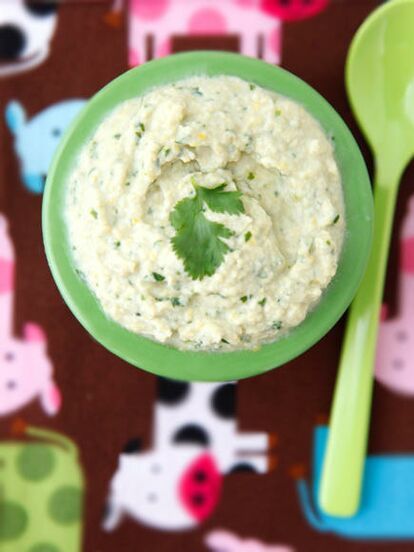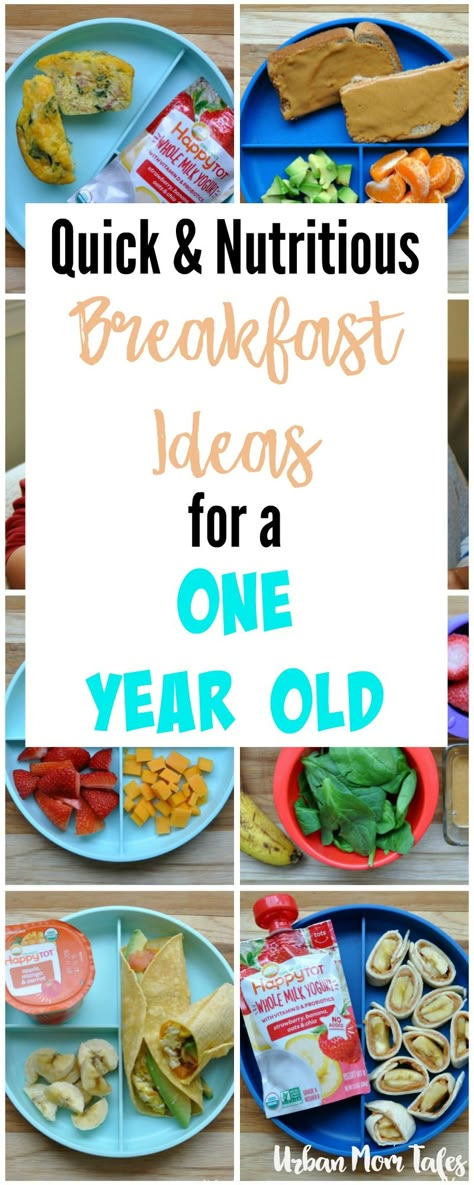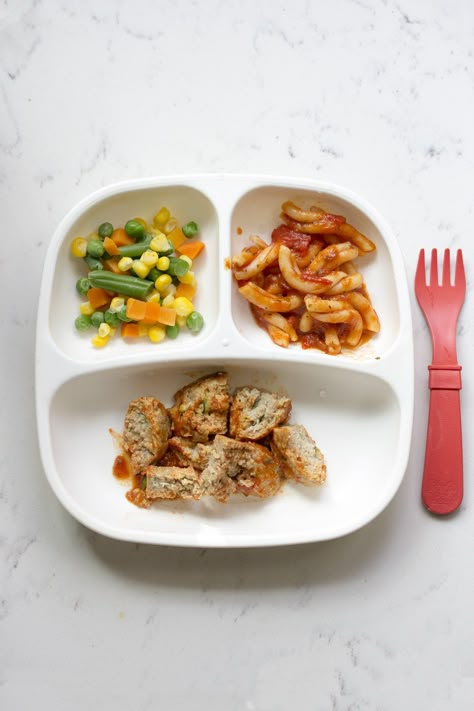Foods for anemic babies
Iron-Rich Foods for Toddlers: 10 to Try
Iron is an essential nutrient that the body uses to produce hemoglobin, the protein in red blood cells that helps your blood carry oxygen to all the other cells in the body.
Iron is essential for:
- supplying the body with oxygen
- muscle metabolism
- maintaining connective tissue
- physical growth
- nerve development
- cell functioning
- producing some hormones
Breast-fed babies usually get enough iron from their mother’s milk, while infants fed with formula should receive iron-fortified formula.
Iron-deficiency anemia
When your toddler switches to eating regular foods, they might not get enough iron. Rest assured, this isn’t common in the United States; only 8 percent of toddlers have iron deficiency.
However, low iron levels can lead to anemia, where the number of red blood cells in your body are too low, potentially causing problems with oxygen getting to key organs.
If your child has low iron levels, you may notice that they:
- are pale
- appear irritable
- don’t want to eat
Longer term, it can lead to:
- slower growth
- delayed motor skill development
- a higher number of infections, as iron supports the immune system
Symptoms may not appear at first, but in time, your child may experience:
- fatigue
- pale skin
- irritability
- fast or irregular heartbeat
- decreased appetite
- slow weight gain
- dizziness
- headaches
- lightheadedness
- difficulty concentrating
Some studies have found that children who drank tea were more likely to have iron-deficiency anemia. One reason for this may be that tannin, found in tea, decreases the body’s ability to absorb iron. Another is that children may be too full to eat after drinking tea.
Related: 10 signs and symptoms of iron deficiency
Iron is essential for a rapidly growing toddler. That’s why a lot of cereals and other toddler foods are fortified with iron.
That’s why a lot of cereals and other toddler foods are fortified with iron.
The recommended daily requirements for iron vary by age.
- age 0–6 months: 0.27 milligrams (mg) per day
- age 6–12 months: 11 mg per day
- ages 1–3 years: 7 mg per day
- ages 4–8 years: 10 mg per day
Infants born preterm or with a low birth weight usually need more iron than those born with a healthy weight.
Heme vs. nonheme iron
Dietary iron has two main forms: heme and nonheme. Plants contain nonheme iron. Meats and seafood contain both heme and nonheme iron.
The body doesn’t absorb nonheme iron as easily as heme iron. This is true for both toddlers and adults. If your child eats a vegetarian or mostly vegetarian diet, aim for twice as much iron as the recommended amount.
The body absorbs iron better when you consume it with a source of vitamin C. To enable the body to absorb more iron, serve iron-rich foods alongside foods rich in vitamin C.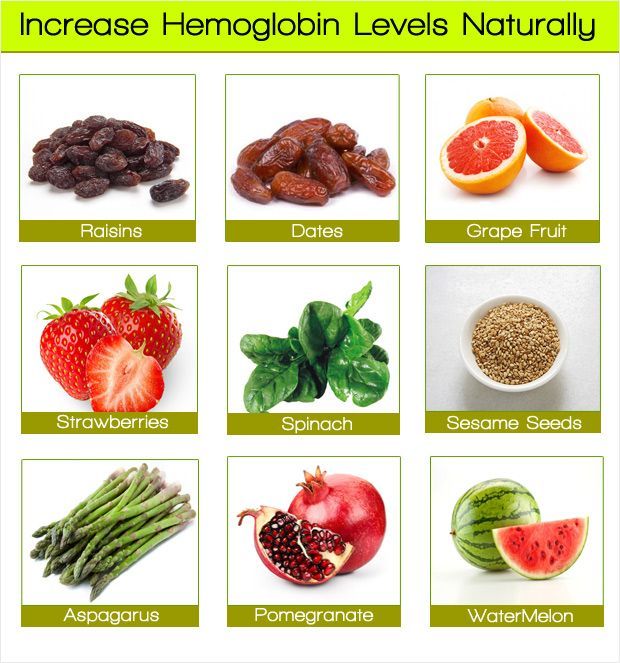
Examples of foods high in vitamin C include:
- orange juice and oranges
- grapefruit
- kiwifruit
- broccoli
- tomatoes
- strawberries
- bell peppers
- papaya
- cantaloupe
- sweet potatoes
Feeding your toddler iron-rich foods alongside foods high in vitamin C can help decrease their risk of developing iron deficiency.
1. Lean meats
Meat and poultry contain large amounts of heme iron, which is easy for the body to digest. Beef, organ meats, and liver in particular have a lot of iron. A 3-ounce serving of beef liver, for example, contains 5 mg of iron.
Dark chicken and turkey meat are also rich sources.
Make your toddler a stew or casserole with soft, well-cooked lean meat. Make sure to remove the fatty part of the meat since there is very little iron in the fatty parts. Spaghetti with meat and tomato sauce is another iron-friendly option.
Related: Top lean proteins you should eat
2.
 Fortified cereals
Fortified cereals Fortified cereals and oatmeal are a good way to ensure your toddler gets enough iron.
A serving of iron-fortified cereals typically has 100 percent of the daily value for iron in just one serving. The exact amount will vary, so be sure to check the label. Dry cereals, like Cheerios, are usually fortified as well.
One cup of plain, uncooked, rolled oats contains around 3.5 mg of iron.
You can top your toddler’s iron-fortified breakfast cereal or oatmeal with some blueberries or strawberries for added vitamin C.
Note that while fortified cereals and juices can provide extra iron, they’re often high in sugar, too.
3. Beans
If you are aiming for a vegetarian diet or your child isn’t a fan of meat, beans are a great compromise. Soybeans, lima beans, kidney beans, lentils, and other beans and pulses contain iron, fiber, and other essential vitamins and minerals.
For example:
- a half cup of white beans has 4 mg of iron
- a half cup of lentils has 3 mg of iron
- a half cup of red kidney beans has 2 mg of iron
Mash some cooked lentils or make a soup or mild chili. Try mashing in some enriched rice with your beans for a complete protein and high-iron meal.
Try mashing in some enriched rice with your beans for a complete protein and high-iron meal.
You can also try serving your toddler some low sugar baked beans with a piece of whole wheat bread for a high iron lunch. A side of mashed sweet potatoes adds vitamin C to the dish.
Chickpeas, known to some as garbanzo beans, are another type of bean high in iron and a great snack for toddlers (and adults!). You can blend the chickpeas to make your own iron-rich hummus.
Be aware that some people have a chickpea allergy. If you’re not sure about giving your child chickpeas, ask your doctor first.
4. Spinach
Dark green leafy vegetables like kale, broccoli, and spinach are among your best vegetable options for iron.
A half cup of boiled, drained spinach contains about 3 mg of iron.
Try serving your toddler finely chopped, steamed spinach or add chopped spinach or other greens to their:
- mac and cheese
- scrambled eggs
- smoothies
Related: Which is better, spinach or kale?
5.
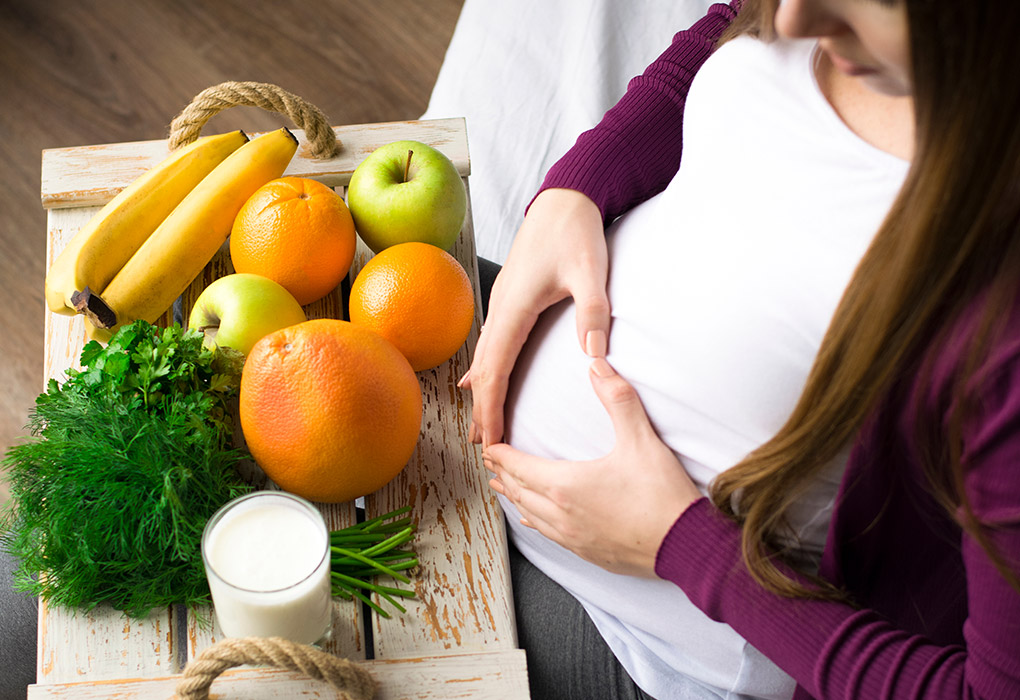 Raisins and other dried fruit
Raisins and other dried fruitKids love to snack on raisins. The good news is that the dried fruit can give your toddler a boost in iron, while also helping prevent constipation. A quarter cup of raisins has about 1 mg of iron.
Related: Are dried fruits good or bad?
6. Pumpkin seeds
Pumpkin seeds are a good source of protein, fiber, healthy fats, and minerals, including iron. A quarter cup of pumpkin seeds contains 2.5 mg of iron.
Try making a trail mix with raisins, prunes, dried apricots, pumpkin seeds, and sunflower seeds.
Keep in mind that raisins and seeds may be choking hazards for very young children. Mash or cut these foods into small pieces and keep watch on your toddler while they munch on them.
Related: Super healthy seeds you should eat
7. Eggs
Eggs are a good source of essential protein, vitamins, and minerals, including iron. One hard-boiled egg contains 1 mg of iron.
For years, people tried to limit their egg consumption because eggs also contain cholesterol, which increases the risk of cardiovascular disease (CVD).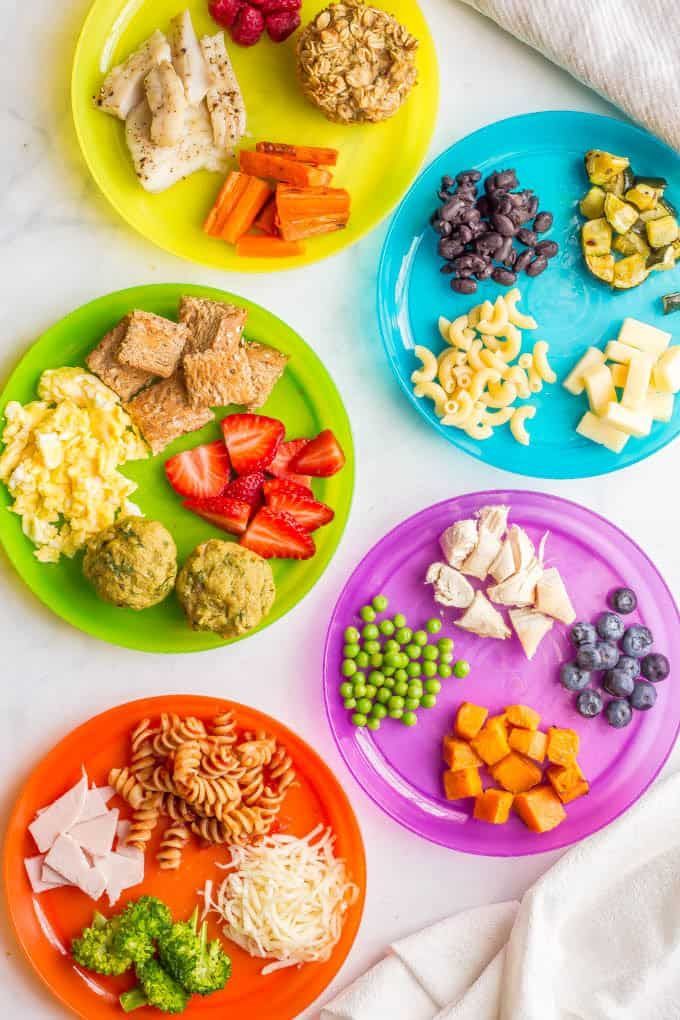 Current research suggests, however, that eggs don’t increase the risk of CVD, after all.
Current research suggests, however, that eggs don’t increase the risk of CVD, after all.
Toddlers can eat eggs in many ways, such as:
- soft boiled with toast sticks
- hard boiled, whole or mashed
- scrambled
- as an omelet
- in rice and noodle dishes
You can add chopped spinach and other iron-rich foods to omelets and scrambled eggs. Try different ways to see how your toddler likes them best.
Always make sure the egg is fresh and well cooked. If you can, use fresh, locally sourced organic, free-range eggs.
Related: Top 10 health benefits of eggs
8. Green peas
Green peas contain protein, fiber, iron, and other nutrients. Many toddlers love them, they’re easy to prepare, and they pair well with many dishes.
A half cup of green peas provides 1 mg of iron.
You can boil peas and serve them as a side, mash them with root vegetables for infants, or add them to soups, stews, and savory rice.
Keep a bag of peas in the freezer or get fresh peas in the pod in season.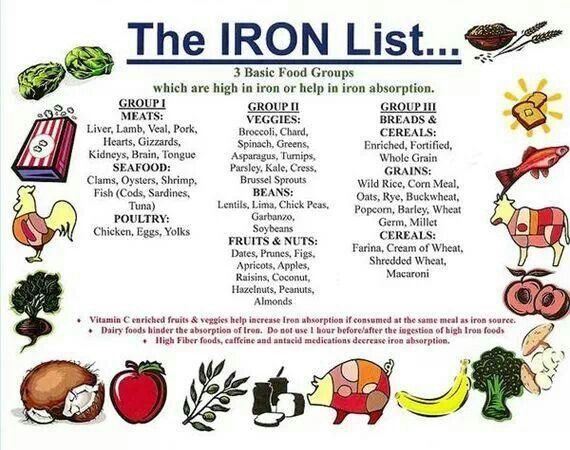 Ask your toddler to help you shell the fresh peas.
Ask your toddler to help you shell the fresh peas.
Peas may pose a choking hazard for young children, so consider mashing them for infants.
Related: Why green peas are healthy and nutritious
9. Tuna
Canned light tuna is a low calorie and low fat addition to your child’s diet that also supplies iron and other important nutrients like protein and omega-3 fatty acids.
Three ounces of light tuna, canned in water, contains 1 mg of iron.
Combine shredded tuna with pureed vegetables to boost your toddler’s iron intake, but hold off if seafood allergies run in your family.
Related: Mercury in tuna. How to eat it safely
10. Tofu
Tofu is a mild and versatile plant-based food that provides complete protein, calcium, iron, and other nutrients. It can provide some of the essential nutrients your toddler needs if they don’t eat meat.
A half cup of tofu contains 3 mg of iron.
Tofu comes in different forms. Firm tofu you can chop and add to salads or stir fries, bake or use to make nuggets.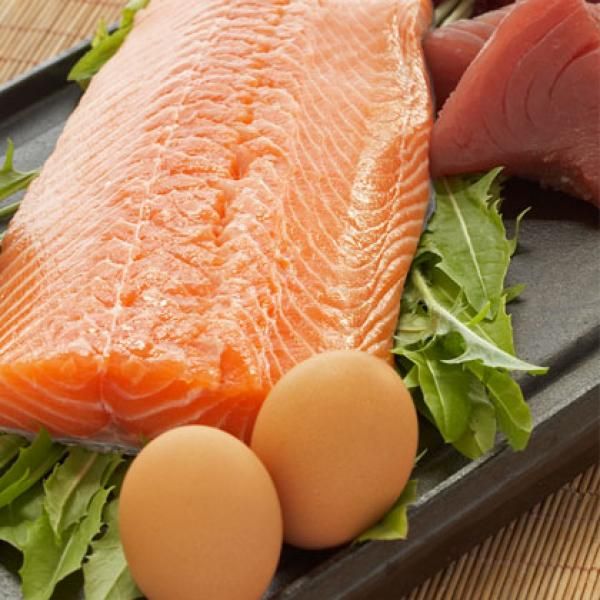 Silken tofu has a softer texture. You can mix it with salad dressings, add it to smoothies, or put fruit with it for a dessert.
Silken tofu has a softer texture. You can mix it with salad dressings, add it to smoothies, or put fruit with it for a dessert.
There have been concerns about whether isoflavones, an ingredient in tofu, could be harmful for hormone balance. Experts currently believe this is “unlikely.”
Related: Using tofu and how to prepare it safely
According to the National Institutes of Health, around 12 percent of infants in their first year, and around 8 percent of toddlers have low iron levels.
It is always best for your child to get their nutrients from food, but if your doctor thinks your child may have iron-deficiency anemia, they may prescribe iron supplements.
Follow the instructions your doctor gives you and keep all supplements out of the reach of children. Consuming too much iron can lead to serious health problems.
Never give your child iron supplements without first consulting a doctor. Most children don’t need supplemental iron.
Best Iron-Rich Foods for Babies, Toddlers, & Kids (+50 Recipes!)
Ensuring that our kids eat a well balanced diet, including iron-rich foods, can be hard when they’re eating unpredictably. I hope this info on iron-rich foods for kids (and the recipe ideas at the bottom) helps to set your mind at ease!
I hope this info on iron-rich foods for kids (and the recipe ideas at the bottom) helps to set your mind at ease!
Iron-Rich Foods
Ensuring that your kids are getting enough iron can seem hard when they’re in a phase of picky eating—or just not eating a ton. But since iron deficiency and iron deficiency anemia are still common issues with kids and it can impact their development and behavior, it’s important to try to include iron-rich foods in their daily meals.
For some context, according to the American Academy of Pediatrics, “Among children ages 1 to 3 years, iron deficiency occurs in 6.6 percent to 15.2 percent of toddlers, depending on ethnicity and socioeconomic status.” Which is much higher than I would have expected. They say that preterm infants, exclusively breastfed infants, and infants at risk of developmental disabilities are at higher risk for deficiencies.
I never want any parents to worry excessively about their child’s nutritional intake and thankfully, adding iron to a diet is actually quite easy.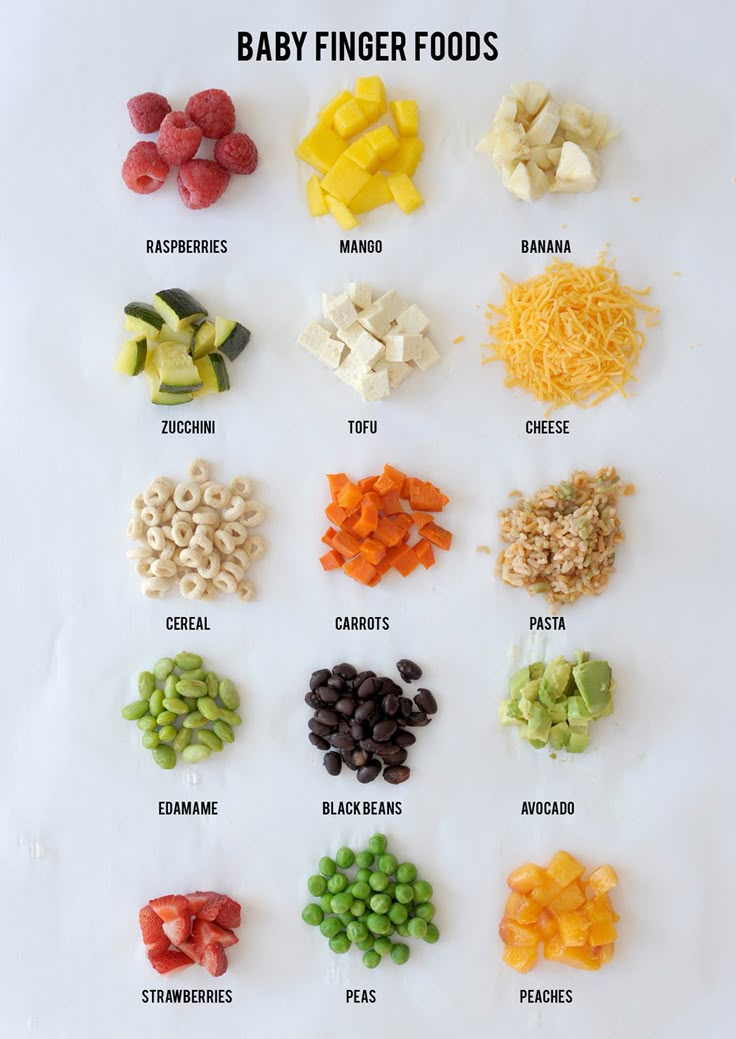
(My favorite iron-rich recipes include Spinach Muffins, Extra-Veggie Baby Pasta, Oatmeal Bars, Meatballs, Chicken Puree, Butter Chicken, Chicken Tacos and Spinach Eggs. For more, scroll down.)
How much iron does my child need?
Toddlers ages 1 to 3 years need 7 mg/day of iron. Kids aged 4-8 need 10 mg/day. For context:
- ¾ cup of Cheerios: 6 mg
- 1 serving fortified infant oatmeal: 5 mg
- 4 ounce hamburger: 5 mg
- 2 ounces Banza chickpea pasta: 4 mg
- ½ cup dried peaches: 3.2 mg
- 2 ounces Barilla red lentil pasta: 3 mg
- ½ cup of lentils: 3 mg
- 1 cup prune juice: 3 mg
- Spinach Quesadilla: 2.1 mg
- ½ cup dried apricots: 1.7 mg
- ½ cup oatmeal: 1.7 mg
- Simple Green Smoothie: 1.7 mg
- Spinach Banana Muffin: 1.4 mg
- 1 egg: 1.4 mg iron
- ½ cup raisins: 1.5 mg
- 1 slice whole wheat bread: 0.7 mg
- ½ cup fortified baby puffs: 0.7 mg
- 1 ounce hummus: 0.7 mg
- 2 tbsp peanut butter: 0.
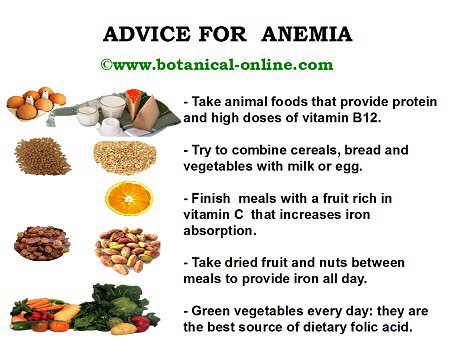 6 mg
6 mg - ½ cup edamame beans: 0.5 mg
- 1 cup watermelon: 0.4 mg
TIP: It’s possible that your kiddo is already getting enough just by eating normal toddler-size servings.
Does my child need an iron supplement?
This question will vary a lot by child so it’s best to check in with your doctor. Kids are routinely screened for iron deficiency when they’re babies and toddlers, so definitely discuss this with your pediatrician if you don’t remember what those results were, if your child is older, or if you’re just curious about supplementing.
It can be hard to find a multivitamin with iron, so check your label, or consider a separate iron supplement in consultation with your doctor.
What are the best sources of iron for kids?
The AAP recommends that iron comes from iron-rich foods first and foremost. The type of iron in meat, fish, and poultry is easier for our bodies to absorb, but adding a range of iron-rich foods is your best bet. Here are some examples of foods with a good dose of iron.
Here are some examples of foods with a good dose of iron.
- Red meats like beef and lamb
- Dark meat poultry
- Fish including shrimp and oysters
- Iron-rich vegetables including dark leafy greens (think Popeye!), baked potatoes, and pumpkin
- Beans and legumes like kidney beans, lentils, and tofu
- Fortified cereals like Cheerios and some hot cereals including baby oatmeal
- Whole grains and whole grain products (including some of the newer bean pastas like Banza)
TIP: A toddler-size serving of meat is 2 tablespoons to ¼ cup. A toddler-size serving of produce is 2 tbsp to ¼ cup. A serving of beans and legumes is 1-2 tablespoons for younger kids and ¼ cup for older kids. (Find more specifics in my Daily Toddler Nutrition Guide.)
Top 10 Best Iron-Rich Foods for Babies
Here are my go-to foods with a lot of iron that you can feed to a baby who’s eating purees or baby led weaning style foods.
- Beef, ground
- Bean puree
- Beans, very soft and lightly mashed
- Bean pasta, cooked very soft (like Banza)
- Chicken, finely shredded or ground or Chicken Puree
- Eggs, scrambled or Egg Yolk Puree
- Green bean puree
- Infant cereal like baby oatmeal, fortified
- Oatmeal
- O cereal
- Smoothies with spinach or kale (serve on a spoon or in a reusable pouch)
- Sweet potatoes, mashed
- Pea puree
- Peanut butter puree
- Strawberry puree
TIP: Iron stores in babies start to run out starting around 6 months, so you’ll want to incorporate these foods into your baby’s diet from an early age.
Top 15 Best Iron-Rich Foods for Toddlers and Big Kids
These foods are easy to prepare and packed with iron for kids.
- Apricots, dried
- Beans
- Bean pasta (like Banza with marinara sauce)
- Beef burgers
- Broccoli
- Eggs
- Green beans
- Oatmeal
- Peanut butter
- Raisins
- Smoothies with spinach or kale
- Spinach Pesto
- Strawberries
- Watermelon
- Wheat bread
TIP: Aim to serve 2-3 of these foods (from either the baby or toddler list) most days and you should easily provide enough opportunities for your child to eat enough iron.
Add Vitamin C for Increased Iron Absorption
If you pair iron-rich foods with produce with plenty of Vitamin C—think citrus, strawberries, kiwi, tomatoes, dark greens, and bell peppers—the iron will be more readily absorbed by the body. Some ideas to consider:
- Pasta with Meatballs (Vitamin C from tomatoes, iron from beef)
- Bean Burritos with salsa (iron in beans, Vitamin C from salsa)
- Bean Quesadillas with chopped tomatoes on the side (iron in beans and whole grain tortilla, Vitamin C from tomatoes)
- Simple Green Smoothie (iron from greens, Vitamin C from fruit)
- Spinach Banana Muffins with Banana with kiwi (iron in spinach, Vitamin C from kiwi)
Limit Milk to No More than 24 Ounces Each Day to Avoid Limiting Iron Absorption
Experts at the Mayo Clinic also advise against letting the kids have more than 24 ounces of milk in a day (or three 8 ounce servings) which could negatively impact iron absorption.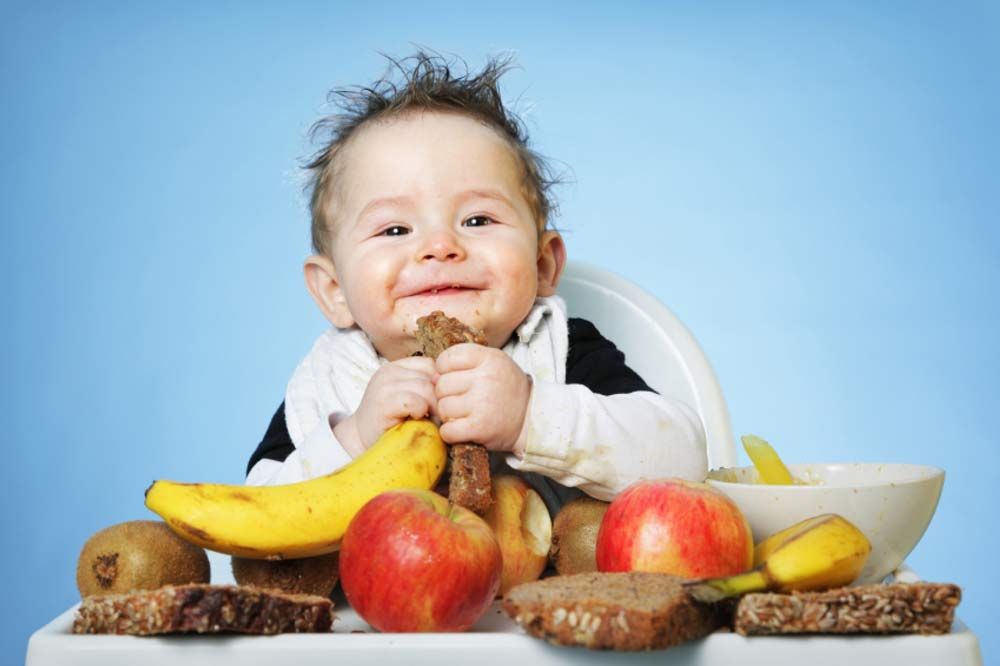 That much milk could also make them less hungry for other foods, which could also limit how much iron they’re able to eat through foods.
That much milk could also make them less hungry for other foods, which could also limit how much iron they’re able to eat through foods.
50 Best Iron-Rich Recipes for Babies, Toddlers, and Kids
Here are some of my favorite recipes for kids of all ages that are rich in iron. (The list is organized alphabetically for easy reference, not in order of preference!)
- Bean Puree
- Bean Pasta with Marinara Sauce
- Beef Burritos with Veggies
- Black Bean Quesadillas
- Black Bean Soup with Citrus
- Broccoli Pesto
- Broccoli Cheddar Soup
- BBQ Shredded Chicken
- Cheesy Meat Buns
- Chicken Meatballs with Sweet Potato
- Chocolate Smoothie with Hidden Veggies
- Green Smoothie
- Kale Bites
- Lentils and Rice with Dried Fruit
- Lentils with Tomatoes and Italian Spices
- Lentil Soup with Veggies
- Lentil Falafel
- Meatballs with Hidden Veggies
- Mini Egg Muffins
- Mexican Egg Muffins with Spinach
- Moroccan Lamb Meatballs
- No-Bake Energy Bites
- Nut-Free Hummus
- Oatmeal with Apple and Raisins
- Oatmeal Bars
- Oatmeal with Pumpkin
- Pesto Chicken and Brown Rice
- Potato Nachos
- Pumpkin Oatmeal Bars
- Pumpkin Oatmeal Muffins
- Slow Cooker Chicken and Bean Tacos
- Slow Cooker Black Bean Soup
- Slow Cooker Chicken Tacos
- Spinach Banana Muffins with Banana
- Spinach Pancakes
- Spinach Eggs
- Spinach Pesto
- Spinach Quesadillas
- Strawberry Puree
- Strawberry Smoothie
- Strawberry Muffins
- Sweet Potato Quesadillas
- Sweet Potato Baby Food
- Tofu Nuggets
- Tofu, Baked
- Tofu with Sesame
- Whole Wheat Bread
- Veggie Chili
- Veggie Chili Mac
- Zucchini Burgers
Printable Iron-Rich Foods List
For easy reference, you can print this list of iron-rich foods for kids keep in your kitchen, or save the image on your phone.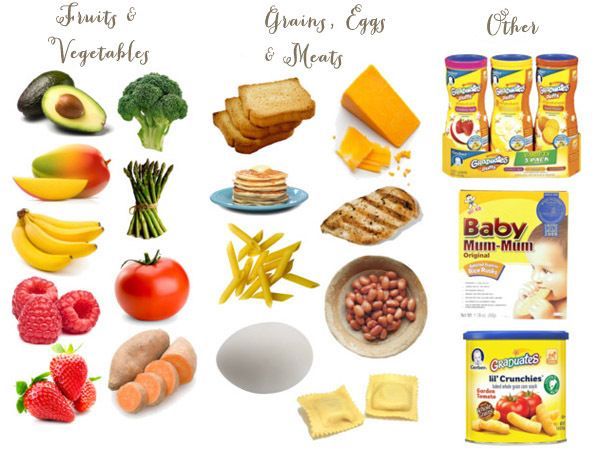 Simply sign up for my newsletter and gain access to my entire FREE Resource Library of printables.
Simply sign up for my newsletter and gain access to my entire FREE Resource Library of printables.
Related Recipes
I’d love to hear if iron has been an issue for you with your kids. Chime in below in the comments!
Proper nutrition of a child with iron deficiency anemia
— Valeria Maksimovna, what happens in the body of a child with iron deficiency anemia?
- Iron deficiency anemia in young children is a pathological condition characterized by a decrease in the number of red blood cells or the concentration of hemoglobin in the blood. Hemoglobin is a protein that contains iron. It is a transport protein and participates in gas exchange: it takes oxygen from the lungs, transfers it to organs and tissues and vice versa, takes carbon dioxide from organs and tissues and delivers it to the lungs. This protein needs iron to function.
Causes of iron deficiency in infants
— How are the clinical symptoms of iron deficiency anemia manifested in a child?
— The diagnosis of iron deficiency anemia is based on clinical symptoms and laboratory confirmation. In this case, the signs of iron deficiency anemia in infants depend on the severity of the disease.
Mild anemia
Asthenovegetative syndrome
— Occurs as a result of hypoxia of organs and tissues, because cells do not receive enough oxygen, and therefore energy. Cells, including cells in the brain and nervous system, cannot function normally.
- The child is lethargic. The kid does not need anything, he is not interested in anything.
- Games are monotonous, inactive.
- The child does not want to do anything.
- Sleeps constantly or for a long time, wakes up with difficulty.

- Tearful, irritable.
- Gets tired quickly when walking and running.
- Dizziness may occur.
Children should be active, but with asthenovegetative syndrome, on the contrary, the baby is not interested in anything. He lags behind in physical development, he seems to be supposed to sit and get up by age, but for some reason he does not want or cannot do this. And such a condition may not be associated with neurological problems, but with a lack of energy in the body.
The syndrome is non-specific and may occur in other diseases, often in respiratory infections and chronic conditions. Therefore, correct differential diagnosis is important.
Epithelial syndrome
— Consists of changes in the skin.
- Dry skin.
- Hyperkeratosis (scales, increased keratinization of the skin, which is especially noticeable on the elbows, knees).
- Non-healing cracks in the corners of the mouth (also a marker of immunodeficiency).

- Damage to the oral mucosa (aphthous stomatitis - sores).
Dyspeptic symptoms
— Conditions associated with intestinal disorders. You can observe diametrically opposite symptoms: in each child, iron deficiency manifests itself in different ways.
- Decreased appetite.
- Constipation or diarrhoea.
- Flatulence.
- Aching pain in the abdomen.
If iron deficiency anemia is a consequence of a disease of the gastrointestinal tract, then the symptoms of the underlying disease that the child has are added. These can be, for example, signs of metabolic disorders and dysbacteriosis, which further worsens the baby's condition and iron absorption.
Severe anemia
Changes in the functioning of the cardiovascular system
— Consists of changes in the skin.
- Tachycardia.
- Shortness of breath.
- Various heart murmurs (specific dull murmur in anemia).

Immunodeficiency states
— The body tries to somehow compensate for the current situation and spends all its energy on maintaining normal work — therefore, it no longer has the resources to ensure normal immunity.
— What tests confirm iron deficiency anemia in infants?
— Clinical and biochemical blood tests are carried out. The doctor analyzes the content of red blood cells, hemoglobin, the degree of saturation with hemoglobin, the level of ferritin (displays the depot of iron in the body). After evaluating these and other indicators, conclusions are drawn. However, the diagnosis of anemia based on the results of a single examination is not made.
It must be understood that in children under six months of age there may be a physiological decrease in hemoglobin. A breastfed baby will not get the required amount of iron. But taking into account the introduction of complementary foods from six months, the condition is leveling off.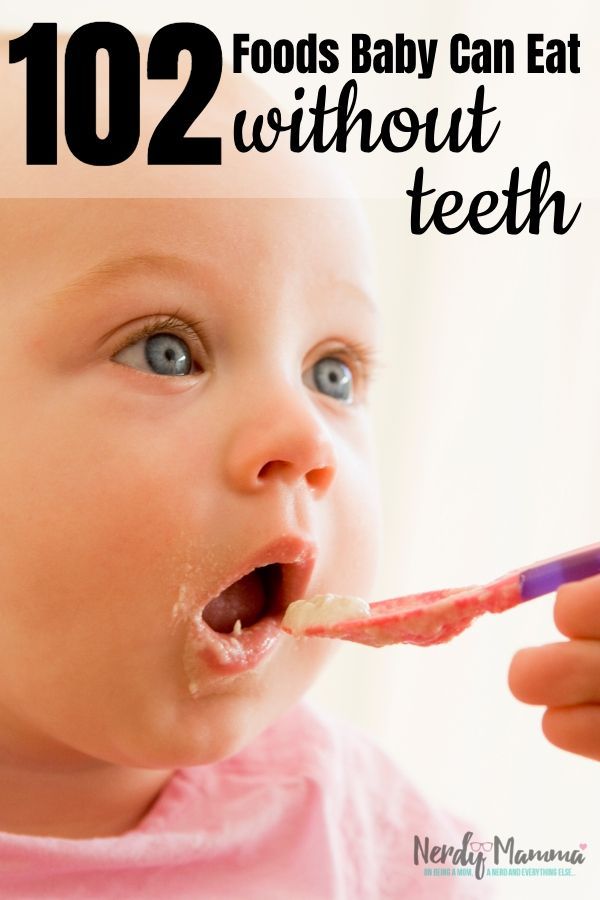
If the doctor first sees deviations in ferritin in the baby, that is, iron stores are reduced in the body with normal levels of red blood cells and hemoglobin, he is in no hurry to make a diagnosis and prescribe drugs. First, the pediatrician will observe the child in dynamics, correct nutrition and search for a possible cause of iron loss.
— Is it possible to predict the development of iron deficiency anemia in a child at the prenatal stage?
- Antenatal factors are taken into account. In women with anemia, a history of acute and chronic diseases, blood loss, children are at risk for the development of iron deficiency anemia. But this does not mean that the child will necessarily be born with the disease - it is simply that the risk of developing anemia is higher than that of a child born with a favorable pregnancy.
— How to treat iron deficiency anemia in a child?
- They act on the cause of the disease. If these are antenatal factors that cannot be influenced, or some kind of congenital disease associated with metabolic disorders and other conditions that are difficult to model, symptomatic treatment is prescribed, including iron preparations.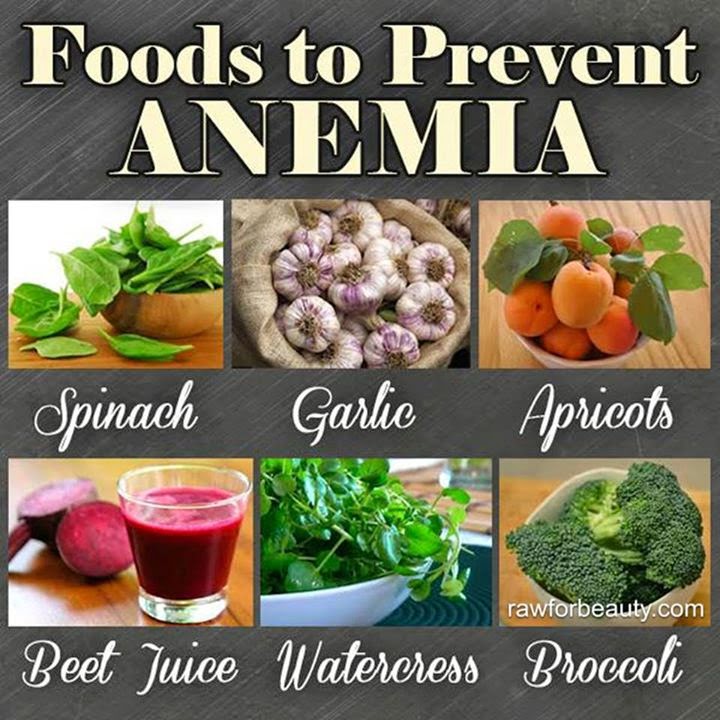
If the reason is that the child is not getting enough iron, then the severity of the anemia needs to be looked at. Very often it is enough to prescribe a special diet. But if the diet does not help, then iron preparations are also introduced.
— What to feed a child if he does not have enough iron?
— Iron deficiency anemia in infants can be prevented and treated. A diet for babies should consist of foods rich in heme iron.
— There is a difference in oxidation state between heme and non-heme iron. In the stomach, special mechanisms help convert one iron into another. Absorbed in the body and participates in the formation of hemoglobin only Fe2+. Therefore, of course, for the prevention and treatment of anemia, you need to eat more foods that contain heme iron, since it is absorbed faster and easier, and additional energy costs are not required to get from one form to another.
Breast milk, milk formula and sour-milk complementary foods should be consumed separately from iron-containing products.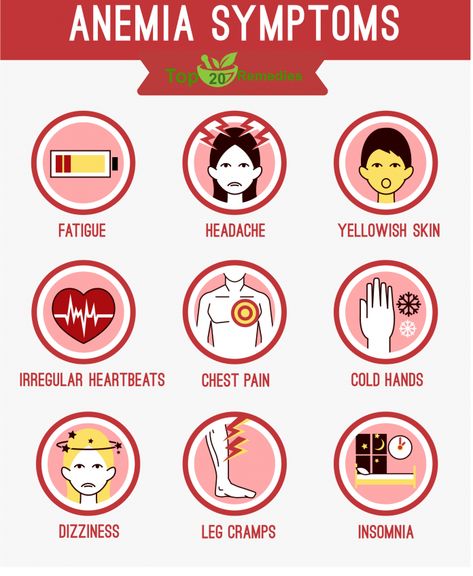 There is a lot of calcium in milk nutrition, which inhibits the reaction of converting non-heme iron into heme, slows down its absorption. Phosphates, which are found in eggs, cheeses and milk, and tannins contained in tea, cocoa, also act.
There is a lot of calcium in milk nutrition, which inhibits the reaction of converting non-heme iron into heme, slows down its absorption. Phosphates, which are found in eggs, cheeses and milk, and tannins contained in tea, cocoa, also act.
— What complementary foods should I give to a baby? If the child is not yet on meat supplements or is not ready to introduce complementary foods, the doctor first assesses the seriousness of the situation and the possibility of waiting for complementary foods, since the priority is to manage the child without specific supplements. If this does not work, then mashed potatoes and cereals enriched with iron are introduced, and iron-containing preparations are prescribed in addition.
Read also
- about what substances are necessary for the proper development of the body of a newborn.
- Are children allergic to foods that contain a lot of iron?
- Food allergies can be to any food. For better absorption of iron, vitamin C is needed. It is found in large quantities in fruits, and there may be an allergy to them.
It is found in large quantities in fruits, and there may be an allergy to them.
— Valeria Maksimovna, in addition to proper nutrition, what will help to avoid iron deficiency?
- Without a doctor's prescription, the child does not need to be given any iron supplements. A mother can, without a doctor's recommendation, offer her baby only children's products enriched with iron.
The mother herself should not have anemia: it is necessary to treat the disease during pregnancy, and this will be the prevention of iron deficiency in the unborn child. When breastfeeding, there should also not be an anemic state, since iron will first of all begin to be spent on the needs of the mother's body and will practically not be transmitted with breast milk to the child. But if the mother’s health is all right, then additional iron intake will not lead to an improvement in the baby’s condition.
Iron poisoning or excess iron buildup is rare because the body will take in as much as it needs. But with increased iron intake, the baby may experience problems with the gastrointestinal tract: flatulence, bloating, constipation, colic and other side effects.
But with increased iron intake, the baby may experience problems with the gastrointestinal tract: flatulence, bloating, constipation, colic and other side effects.
- Are the complementary foods that are sold in the store already fortified with iron and substances that help it to be absorbed?
— Among the baby foods you can find ready-made complementary foods enriched with iron. Manufacturers declare this on the packaging. But you need to look at what kind of iron the product contains, with what components it is presented.
Iron fortification of baby food is desirable but not a requirement for manufacturers. Iron has been added to MAMAKO ® porridge with goat milk. As we have already said, the intake of dairy food should be spaced apart in time with the nutrition of iron-containing foods, but this does not apply to milk porridges. Ready-made goat milk cereals have a balanced composition, their components are selected taking into account bioavailability.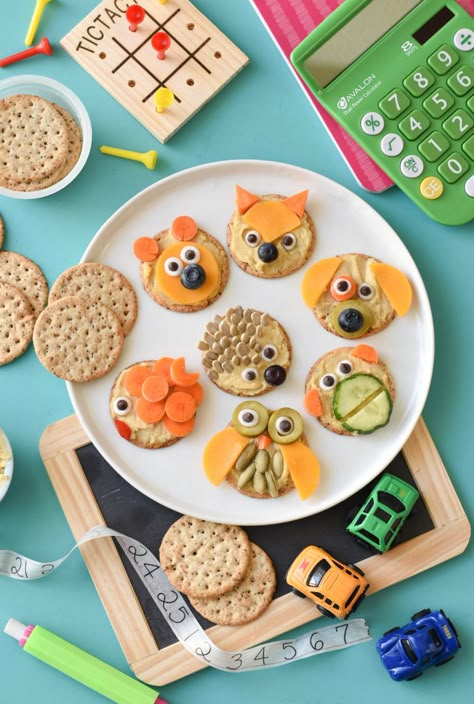 This food contains auxiliary elements - vitamins, minerals, amino acids. They help the body convert non-heme iron Fe3+ from cereals into heme Fe2+ and promote its absorption and better absorption.
This food contains auxiliary elements - vitamins, minerals, amino acids. They help the body convert non-heme iron Fe3+ from cereals into heme Fe2+ and promote its absorption and better absorption.
In addition, goat's milk is rich in vitamin A. Although it is not involved in the process of iron absorption itself, it is important for the mobilization of iron from the depot. If health problems arise, then vitamin A will support immunity and help mobilize iron stores in the body, which also helps in the treatment and prevention of anemia.
The best treatment for iron deficiency anemia is to prevent it early. Mothers should pay attention to antenatal prevention: monitor their health during pregnancy, protect themselves from respiratory diseases, and if anemia develops, then undergo treatment so that there are resources and strength for breastfeeding. The primary prevention of anemia in a child is a balanced diet for a nursing mother, breastfeeding, an adapted infant formula with iron, and adequate complementary foods.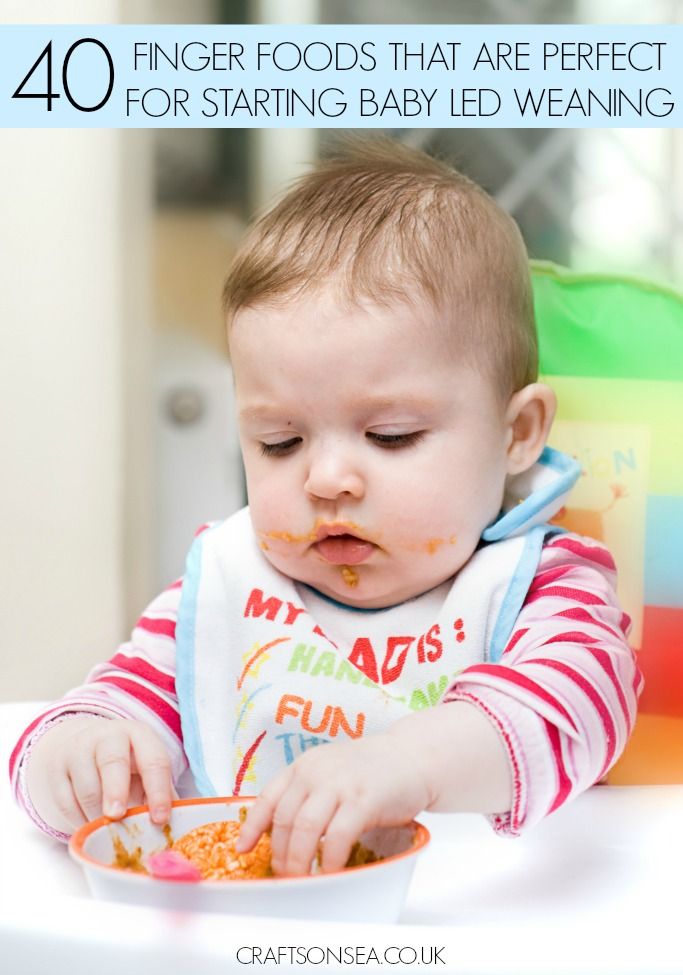 You can use cereals and mashed potatoes enriched with iron, and also start giving meat at six months. It has been proven that the delayed introduction of meat is directly proportional to the development of iron deficiency anemia. By following these simple requirements, many can prevent this disease. But if a child has developed iron deficiency anemia, you should not come up with ways to treat the baby yourself - in this case, regular examination of the child and strict adherence to the doctor's prescriptions are necessary.
You can use cereals and mashed potatoes enriched with iron, and also start giving meat at six months. It has been proven that the delayed introduction of meat is directly proportional to the development of iron deficiency anemia. By following these simple requirements, many can prevent this disease. But if a child has developed iron deficiency anemia, you should not come up with ways to treat the baby yourself - in this case, regular examination of the child and strict adherence to the doctor's prescriptions are necessary.
* Breast milk is the best food for babies. WHO recommends exclusive breastfeeding for the first 6 months of a child's life and continued breastfeeding after complementary foods are introduced until the age of 2 years. Before introducing new products into the baby's diet, you should consult with a specialist. The material is for informational purposes and cannot replace the advice of a healthcare professional. For feeding children from birth. The product is certified.
Diet for a child with anemia - Encyclopedia Baby food
Levchuk Victoria © Levchuk Victoria ©Anemia caused by a lack of iron in the body is not such a rare disease. The condition of the child is largely determined by his diet. So, with a balanced diet, the baby feels great, he is ruddy and cheerful. When the balance of substances in the body is disturbed, caused by malnutrition, the picture changes dramatically. How to avoid common baby food mistakes?
Table of contents:
Anemia or anemia in common parlance is a disease that is accompanied by a decrease in the level of erythrocytes in the blood. Blood cells play a huge role in maintaining the general condition of the baby, since they are involved in the delivery of oxygen to the main body systems. The red color of the bodies is due to hemoglobin, which includes iron. Hemoglobin performs the function of retaining oxygen in the blood and provides a transport function for it, delivering it throughout the body.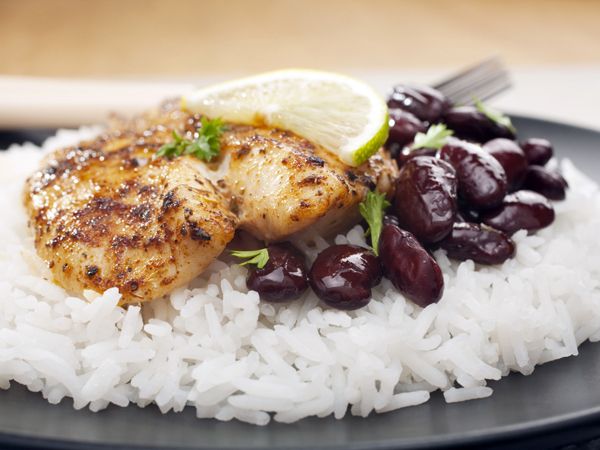
The consequences of a decrease in the level of hemoglobin in the blood are quite serious: a decrease in immunity, weakness, a decrease in activity, a lag in weight gain. In this state, the body is not able to adequately resist various infections.
A pediatrician can detect anemia in a child. He can also determine the predisposition of the baby to this disease. When the symptoms described earlier appear, the doctor prescribes a blood test that shows the level of hemoglobin. In case of deviation of the results of the analysis from the norm, it is urgent to take action. At the same time, the best way out of this situation would be to prevent the development of the disease, to carry out competent preventive work related to the proper nutrition of the child.
Prevention of anemia
A balanced diet should be introduced immediately after the start of complementary foods. During the first six months of life, the baby receives all the necessary substances from the mother from breast milk or an adapted formula.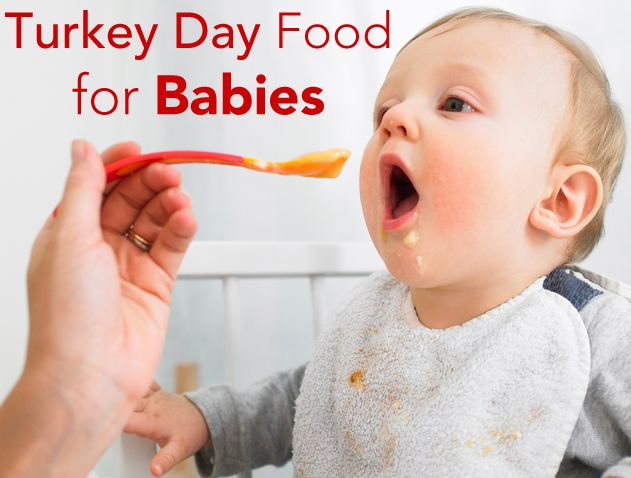
The most iron-fortified food is meat and offal. However, complementary foods cannot be started with such products. Therefore, in order for the child to be provided with iron, it is necessary to introduce vegetables into the diet . The leaders in iron content and foods allowed at the beginning of complementary foods are:
- marrows;
- broccoli;
- green peas;
- spinach.
After the vegetables have been successfully introduced into the baby's diet, you can expand it with cereals. So, buckwheat and oatmeal belong to cereals with the highest content of the iron element. In order for cereals to be healthy, and the iron contained in them to be absorbed by the child, the dish must be properly prepared. In no case should you cook cereals in milk or pour boiled cereals with milk.
Calcium, which enriches milk in such a way, hinders the absorption of iron. At the same time, in the case of anemia, calcium is generally excluded from the baby's diet.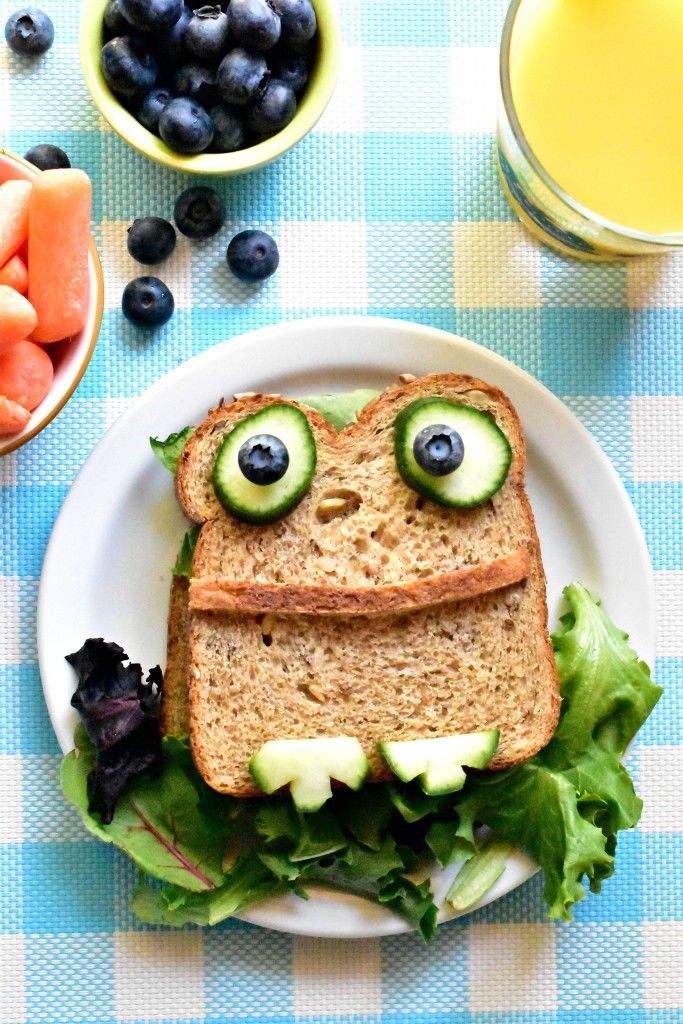 In addition, milk is a fatty product and requires the body to work hard to process it, and its introduction into the child's diet is allowed after 12 months. In addition to milk, calcium is found in all lactic acid products, which also need to be treated with caution.
In addition, milk is a fatty product and requires the body to work hard to process it, and its introduction into the child's diet is allowed after 12 months. In addition to milk, calcium is found in all lactic acid products, which also need to be treated with caution.
In addition, iron formula or breast milk must not be stopped until the child is 1 year old.
Thus, anemia is not a death sentence, but it cannot be ignored either. At the first symptoms of the disease in a child, you should immediately go to the doctor and get tested, and it is best to prevent the development of the disease by adhering to certain nutritional rules.
The best sources of iron for children over 1 year of age include red meat, beans, iron-fortified cereals, and dark green leafy vegetables such as spinach . Good sources are also chicken, raisins, tuna and other fish . Iron from animal sources, such as beef and chicken, is more easily absorbed than iron from plant sources.
The Role of Vitamin C
Vitamin C increases the absorption of iron from foods by up to three times. Therefore, with anemia, give the child foods rich in vitamin C and iron at the same time. Foods such as citrus fruits, tomatoes, potatoes, broccoli, strawberries, and others rich in vitamin C, as well as foods rich in iron, will help your child increase the amount of iron he gets at each meal.
3 steps to correct anemia in a child
Step 1: If the iron deficiency is mild, it can be corrected with an anemia diet as described above. Those. introduce foods rich in this element, and for better assimilation, add foods containing vitamin C to the diet. This diet should be followed from 2 to 4 weeks , after passing an analysis for hemoglobin or ferritin. If the iron level has not increased, then it is worth going to step 2.
Step 2: If the iron level is low, the doctor may prescribe iron supplements for the child. The child may be prescribed medication in the form of drops if he is under 3 years old and in the form of tablets if he is older. The dosage is determined by the doctor. During the first three weeks of treatment, hemoglobin increases at a rate of 0.15-0.25 grams per day , so if the child has low hemoglobin, it will take about three weeks to reach normal levels. To replenish your body's iron stores, it's best to continue taking iron supplements for at least two months after your hemoglobin levels have returned to normal.
The child may be prescribed medication in the form of drops if he is under 3 years old and in the form of tablets if he is older. The dosage is determined by the doctor. During the first three weeks of treatment, hemoglobin increases at a rate of 0.15-0.25 grams per day , so if the child has low hemoglobin, it will take about three weeks to reach normal levels. To replenish your body's iron stores, it's best to continue taking iron supplements for at least two months after your hemoglobin levels have returned to normal.
Step 3: If the child's hemoglobin does not increase by one gram of after two to four weeks of treatment, the doctor may either prescribe an increased dosage of iron supplements or perform additional blood tests to determine if the anemia has other causes, other than iron deficiency.
Is iron deficiency anemia dangerous?
Not in the short term. A few months of anemia in infancy has no long-term health consequences.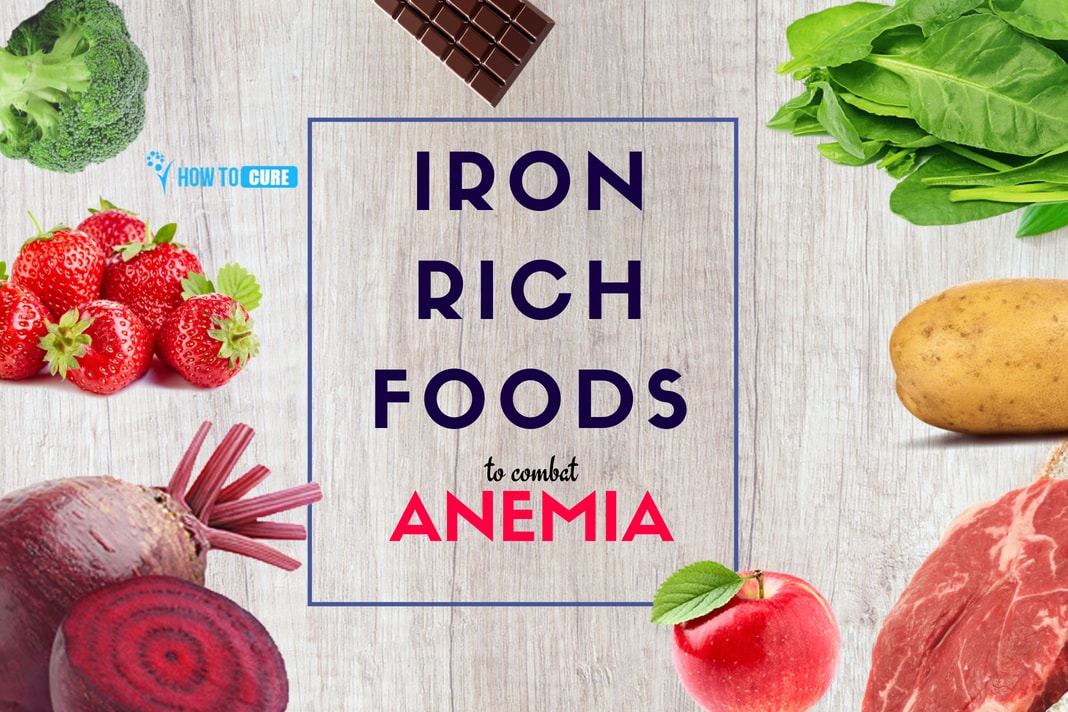 However, research has shown that children who are anemic for several years may have problems with intelligence and learning later in childhood. Those. iron deficiency anemia in infancy leads to irreparable cognitive damage. Therefore, it is important to monitor for signs of anemia in all children after 6 months.
However, research has shown that children who are anemic for several years may have problems with intelligence and learning later in childhood. Those. iron deficiency anemia in infancy leads to irreparable cognitive damage. Therefore, it is important to monitor for signs of anemia in all children after 6 months.
We are not afraid and add me to VK and Odnoklassniki, Instagram!
Like this article? Subscribe to site updates
"Encyclopedia Baby Food"!
Don't forget to bookmark us! (CTRL+SHIFT+D) Subscribe to the site, comment, share in social networks.
On our site Encyclopedia Baby Food there is useful information on the nutrition of your children, which is useful for everyone, and we update the site "Encyclopedia Baby Food" constantly and try to search and write only excellent, verified and necessary information for you and your children.
Disclaimer No. 1: It must be understood that the author of the articles on the Baby Food Encyclopedia website is not a medical staff, “I am not a doctor. ” The information I share is based on my own experience. My goal is not to teach you how to eat or feed your child, but to talk about how we did it, what new things I learned or read. This expands the picture of Baby Food knowledge, gives you a glimpse of the whole process so you can decide if you like it or not.
” The information I share is based on my own experience. My goal is not to teach you how to eat or feed your child, but to talk about how we did it, what new things I learned or read. This expands the picture of Baby Food knowledge, gives you a glimpse of the whole process so you can decide if you like it or not.
Disclaimer No. 2 : However, the above does not cancel visiting a pediatrician. Before you start complementary foods, you need to get his professional opinion on the best way to introduce new foods for your baby. I also draw your attention to the fact that you need to look at the original date of the published articles, because some of the "best practices" may have changed. Always check with your child's pediatrician about complementary foods and their health.
Disclaimer #3: Keep in mind that every family is unique, every situation is also completely unique. There are no universal solutions. Only you can find what works best for you.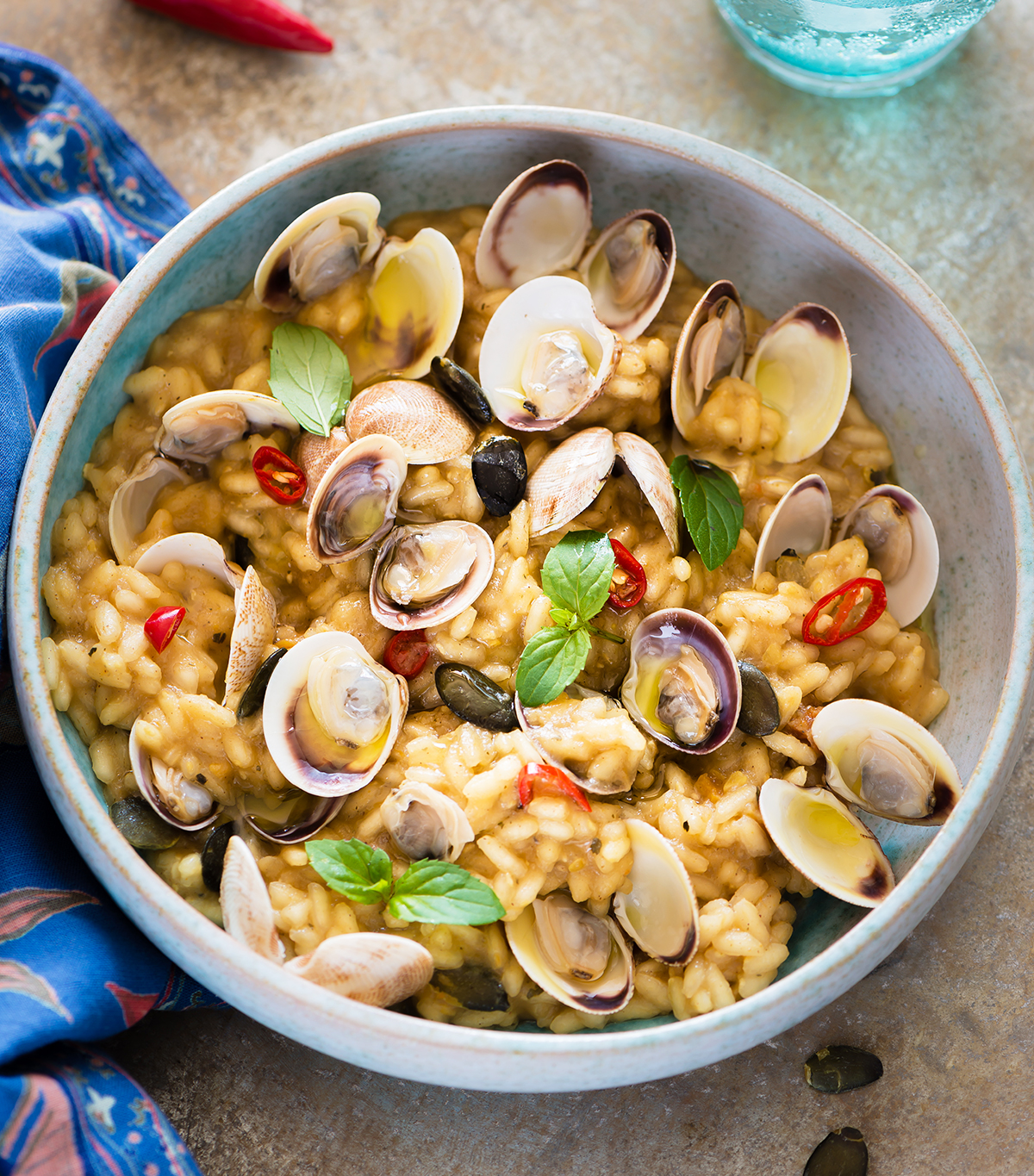 Certain goals require certain sacrifices and priorities - not everyone wants to make those choices, and that's GREAT! Just know what you want to achieve, and be ready to get to work, putting the best of your strength!
Certain goals require certain sacrifices and priorities - not everyone wants to make those choices, and that's GREAT! Just know what you want to achieve, and be ready to get to work, putting the best of your strength!
Disclaimer No. 4: On the Encyclopedia Baby Food website, photos from books on baby food with attribution are used to better understand the information (Article 1274, Clause 1, Part Four of the Civil Code of the Russian Federation). Literature on baby food is found in the public domain on the Internet.
Apricot puree with chicken
Banan-global puree
Banana puree
borsch
Bousse broth with peas and rice
Cohllabi
Ready dessert
Witches from zucchinos 9000 Spring
Greek
Greek cereal
Buckwheat porridge with apricots
Buckwheat porridge with banana
Buckwheat pilaf
Children's sausage
Children's milk porridge with banana
Children's vinaigrette
Children's ketchup
Children's cucumber salad
Baby salad Olivier
Baby porridge biscuits
Baby puree of strawberries, bananas, yellow cherries, yoghurt and biscuits with cereals
Baby puree with cottage cheese and fruit
Homemade yeast bread with flax flour
Homemade cheese
Homemade pizza
0 Breakfast outside Kohlrabi appetizer
Roasted cauliflower
Roasted carrots
Roasted carrots and cherries with millet
Winter salad with Jerusalem artichoke
Cabbage with white beans
Cabbage salad like in a canteen
Mashed potatoes
Quinoa and pumpkin porridge
Quinoa porridge
breakfast cereals
Quinoa and apple
Strawberry puree
Strawberry puree with banana
Strawberry compote
Wild apple and raspberry compote
Thermo-steamed fruit compote for children 8 months
Corn porridge
Corn porridge with pear
Corn porridge with pumpkin
Corn porridge with pumpkin and carrots
Corn porridge with apple and carrots
Chicken liver in the oven
Chicken cutlets with carrots
Chicken with carrots, bell peppers and potatoes
Navy pasta
Pasta with orange sauce
Gremolata pasta
Muffins with vegetables and eggs
Jacket potatoes
Milk vermicelli soup0 Carrot potatoes
Carrot-rice casserole
Carrots with chicken
Fly agaric from eggs and tomatoes
Meat envelopes
Homemade Tarragon drink for children
Vegetable puree from cauliflower and carrots
Vegetable soup with corn semolina
Vegetable soup with cheese and corn semolina
Vegetable soup with spinach
Vegetable puree soup with bell pepper
Oatmeal
Pollock fritters
Hot yogurt fritters
Cauliflower omelette in a bag
Spinach and Cheese Omelette
Omelette Pancake
Peach Puree
Baked Apples 7 months +
Zucchini and Carrot Pie
Zucchini Pie
Rice and Zucchini Pie
Fish Pie
Fish and Potato Pie
White Cabbage Pizza
Lavash Pizza
Zucchini, Tomato and Sausage Pizza
Tomato and Olive Pizza
Spinach Pizza
Rabbit Pilaf
Chicken Pilaf with Green Peas and Corn Puree
and cherries
Banana, cottage cheese and porridge puree 4 cereals
Broccoli (cauliflower) puree
Broccoli, courgette and cauliflower puree
Blueberry puree
Pear puree
Pear and banana puree
Baked Pear and Banana Puree
Pear and Pumpkin Puree 7 months +
Pear, Pumpkin and Peach Puree
Pear, Apple, Plum and Prune Puree
Blackberry Puree
Turkey Puree
Zucchini Puree 90 zucchini and broccoli
Zucchini, carrot and potato puree
Quinoa and banana puree
Quinoa and carrot puree
Quinoa, banana and carrot puree
Quinoa, squash and carrot puree
Quinoa, peach and raspberry puree
quinoa, cauliflower, apple, peas and mint
Quinoa, apple, pear and raisin puree
Quinoa, apple, carrot puree
Rabbit, broccoli and cauliflower puree
Chicken, carrot, potato, apple and pea puree
Raspberry, cherry and banana puree
carrots
Carrot and apple puree
Carrot, potato, broccoli and cheese puree
Carrot, potato, apple and quinoa puree
Carrot, pumpkin, apple and prunes puree
Carrot, apple and potato puree
Turnip and carrots
Plum puree
Cottage cheese, strawberry and banana puree
Pumpkin puree
Pumpkin and banana puree
Pumpkin and squash puree
Pumpkin and apple puree
Pumpkin, apple and banana puree
Cauliflower and broccoli puree
Cauliflower puree and potatoes
Cauliflower and rice puree
Cauliflower and apple puree
Cauliflower, green peas and squash puree
Cauliflower, turkey and potato puree
Cauliflower, potato and squash puree
Cauliflower, carrot and broccoli puree
Cauliflower, carrot, cheese and rice puree
Cauliflower, apple and courgette puree
Zucchini puree
Zucchini and potato puree
Zucchini, carrot and apple puree 90 cherries
Blueberry puree
Prune puree
Apple, pumpkin, carrot and some curry puree
Apple and pear puree
Apple and strawberry puree
Apple, strawberry and cherry puree
Apple, peach and banana puree
Carrot and pumpkin puree
Cottage cheese and banana puree
Turkey, potato and carrot stew
Zucchini, carrot and broccoli stew
Fish, potato, carrot and broccoli stew
Rice porridge
Whole grain rice porridge
carrot
Rice porridge with pumpkin
Rice porridge with apples
Rice porridge with apple and pear
Rice porridge with apple and pumpkin
Fish cakes with vegetables
Semi-cooked fish
Fish meatballs with ketchup
Baby Fish Soup
Salmon and Celery Fish Soup
Carrot and Kohlrabi Salad
Chickpea Salad
Chickpea and Cabbage Salad
The Laziest Soup
Creamy Kohlrabi Soup
Oatmeal Smoothie 090 Sauce cheese pizza
Pea and bacon soup
Baked vegetable soup
Kohlrabi soup
Salmon soup
Cauliflower soup
Turnip potato soup
Meatball soup for the picky eater
Green apple kohlrabi soup
Rabbit, pumpkin, potato, broccoli and cauliflower soup
Beetroot soup
Pumpkin mushroom soup
Broccoli and celery soup
Soup/stew Pork with Potatoes and Carrots
Cheese Pasties
Pumpkin Cheese Sauce (Annabelle Carmel Recipe)
Buzz Lightyear Sandwich
Pumpkin Apple Puree
Pumpkin Apple Juice
Pumpkin Cake
Pumpkin Soup9 Fruit Puree
Fruit Salad
8 Bread lavash
Cauliflower with cheese
Linden tea and thyme
Experimental noodle soup with lentils
Apple puree
Apple juice
Like this article? Subscribe to site updates
"Encyclopedia Baby Food"!
Don't forget to bookmark us! (CTRL+SHIFT+D) Subscribe to the site, comment, share in social networks.

On our site Encyclopedia Baby Food there is useful information on the nutrition of your children, which is useful for everyone, and we update the site "Encyclopedia Baby Food" constantly and try to search and write only excellent, verified and necessary information for you and your children.
Disclaimer No. 1: It must be understood that the author of the articles on the Baby Food Encyclopedia website is not a medical staff, “I am not a doctor.” The information I share is based on my own experience. My goal is not to teach you how to eat or feed your child, but to talk about how we did it, what new things I learned or read. This expands the picture of Baby Food knowledge, gives you a glimpse of the whole process so you can decide if you like it or not.
Disclaimer No. 2 : However, the above does not cancel visiting a pediatrician. Before you start complementary foods, you need to get his professional opinion on the best way to introduce new foods for your baby. I also draw your attention to the fact that you need to look at the original date of the published articles, because some of the "best practices" may have changed. Always check with your child's pediatrician about complementary foods and their health.
I also draw your attention to the fact that you need to look at the original date of the published articles, because some of the "best practices" may have changed. Always check with your child's pediatrician about complementary foods and their health.
Disclaimer #3: Keep in mind that every family is unique, every situation is also completely unique. There are no universal solutions. Only you can find what works best for you. Certain goals require certain sacrifices and priorities - not everyone wants to make that choice, and that's GREAT! Just know what you want to achieve, and be ready to get to work, putting the best of your strength!
Disclaimer No. 4: On the Encyclopedia Baby Food website, photos from books on baby food with attribution are used to better understand the information (Article 1274, Clause 1, Part Four of the Civil Code of the Russian Federation). Literature on baby food is found in the public domain on the Internet.

